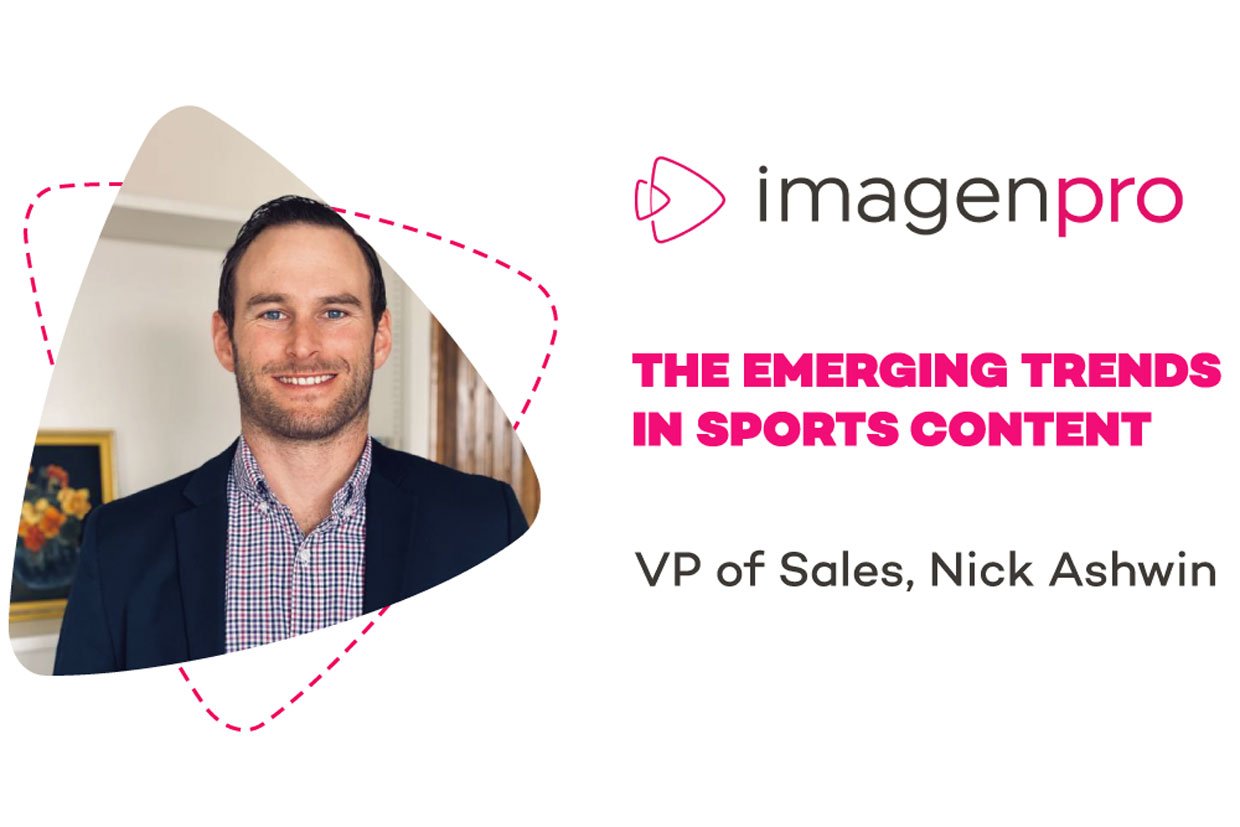As the world’s demand for video content grows, there are new opportunities for all brands and businesses to create and monetise content. From established rights holders, through upstart brands, to big enterprise and startups, technology is democratising the means to distribute and profit from video.
However, too many businesses are just sitting on valuable content. They may be unaware of their content monetisation opportunities, unable to seize them, or simply snowed under by a disorganised or legacy archive. It all boils down to businesses missing out on the chance to grow revenue and build brand awareness. Without the tools to manage, distribute and monetise their content, they might as well not have it.
The cloud provides the ideal platform for organisations looking to maximise the value of existing content assets. The integration of storage, distribution and secure commerce enables the perfect storefront through which to sell and licence video archives. But what should you be looking for to make a success of content monetisation?

The freshest fails and the funniest user generated videos – ready to license.
LADbible desperately needed a solution to manage their vast library of content more efficiently, and in a manner that reflected their globally-renowned brand identity.
Get organised
You can’t sell content if you don’t know what’s in it, what state it’s in or even where it is. For any organisation, the first step to content monetisation is to build an organised, indexed and searchable library. For many businesses this could be as simple as taking a more organised approach to video files. For example, pulling them off the various servers and services they live on and creating an organised repository. For others it might mean a trip to the archives, or even the digitisation of legacy physical formats.
Creating a licensable archive means indexing content, adding metadata or transcripts on the way. Ingesting and categorising videos can be time-consuming, but a digital asset management (DAM) platform like Imagen comes with tools to speed and automate the work. For example, our platform can extract embedded EXIF, IPTC or XMP data and save it as searchable metadata.
A structured and searchable archive is the first step to content monetisation, but the next step depends on your organisation and the type and volume of content it produces. Existing rights-holders are likely to have long-standing distribution partnerships across the globe, but challenger companies, marketers or other businesses may be starting from square one.
Other OTT services are available!
For these businesses, the options can seem daunting. While it’s easy to upload a couple of videos to YouTube and enable its monetisation platform, it’s hardly a solution for those looking to extract the maximum value from their archive. It’s also not ideal for those seeking to build brand value, which may be eroded by third-party ads and unrelated suggested content.
In fact, we’ve written in depth about how to earn revenue outside of YouTube. The options include striking distribution deals with over-the-top (OTT) services such as Netflix or Hulu, but these might involve ceding control over your content. They’re also unlikely to be available or appropriate for corporate video assets, marketing features, or for the short-form, viral or low-budget content that drives innovators or startups.
For all content producers, evolving technology makes it easier than ever to sell and distribute content to new and growing audiences without losing control. Direct content monetisation means that rights owners stay in charge of who can search and view their content. By presenting access to a content archive through a secure, branded web portal, you can sell video and other media content to exactly who you want. But who’s buying?
Licen-sing hallelujah!
The answer may be the public themselves. Identifiable brands producing timely content - or sitting on big archives - can package it up into clips, episodes, games or even seasons, and sell them directly using a subscription or pay-per-view model. It’s a particularly appealing set up for the biggest sports brands - we’ve already written about how they’re reinventing themselves as media companies.
But even if you aren’t the Premier League, you might be amassing content that’s readily licensable. For some companies, that’s the point. Imagen customers LADbible and ViralVideoUK both exist to acquire and licence original and user-generated video to media outlets and other buyers. For both, Imagen’s platform allows prospective buyers to find and preview clips through intuitive self-service portals.
Crucially, for companies whose brands are built on the value of a unique content library, using a bespoke web platform ensures that customers aren’t served distracting adverts or led away to other channels. For any business, framing archive footage or other media assets strongly within their brand strengthens the impression of the business and its content.
And once customers can find and view content 24/7, it also makes sense if they can buy the licence they need without being bound to your office hours. News and other media organisations operate globally and often have urgent content needs. You need to be there to meet them.
Basket Case
With a basket feature for licensing, ecommerce technology can be used to serve licences on demand through your content portal. Aside from the convenience of integrating direct previewing and purchasing from the archive, having a basket feature lets you automate content monetisation. As things take off, it lets you scale quickly, and frees up staff to focus on extending or improving the archive itself.
Imagen incorporates all the features you’ll need to ingest, store, manage and monetise your library of content. And this is true whether you’re talking about a handful of memes, or decades of sport, media or corporate archives. The full suite of ecommerce options includes: basket payments, subscription video-on-demand packages and our new clip-licensing basket.
With the new licensing features, rights-holders can specify a framework of options covering properties such as length, territory, duration and purpose. This framework lets content owners define their terms of usage, and the Imagen platform can use it to automatically calculate the cost of the desired licence.

Beyond the content basket - what else is new?
Imagen is a constantly evolving video management platform that puts you in complete control of your content. Here’s a roundup of the new features in our latest release.
DAM Content Monetization
In a video-hungry world, a DAM is the essential platform for content monetisation. Imagen helps content producers and owners manage their archive, adding the distribution and commerce features they need to reach consumers and organisations without ceding control.
The final piece comes from comprehensive ecommerce features that support multiple distribution and licensing models. This ensures you can maximise the value of your content - whatever it is, and whoever you’re selling to.
Whether you are a major sports rights holder or a small media production company, there have never been so many opportunities to reach new audiences, across new channels on a growing range of connected devices. See how Imagen’s range of monetisation options will help you extract the greatest commercial value from the content you own.



